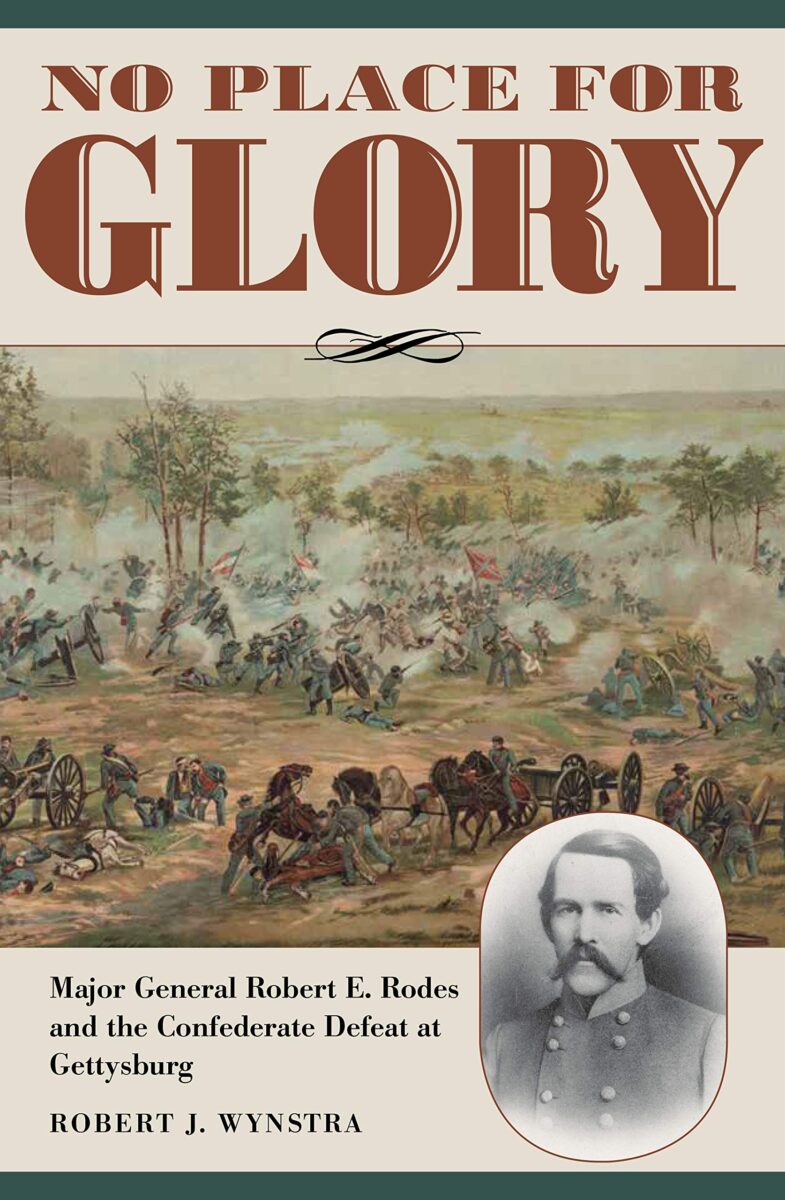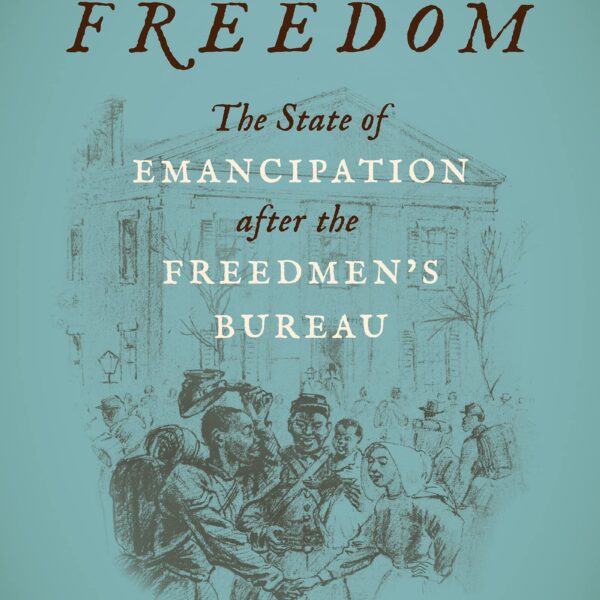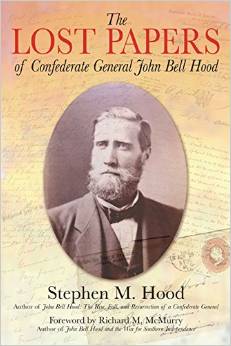Robert J. Wynstra has established himself as one of the Gettysburg Campaign’s most capable modern scholars. His prize-winning At the Forefront of Lee’s Invasion: Retribution, Plunder, and Clashing Cultures on Richard S. Ewell’s Road to Gettysburg (2018) was an excellent study of the interactions between Confederate soldiers and Union civilians during the campaign’s early stages. In this follow-up, Wynstra reveals himself to be a historian of remarkable versatility.
Whereas At the Forefront of Lee’s Invasion was a superb narrative solidly in the “war and society” model of the “new” military history, his most recent book, No Place for Glory: Major General Robert E Rodes and the Confederate Defeat at Gettysburg (2021), is a reinterpretation of one of the campaign’s pivotal episodes that is squarely in the camp of traditional military studies. Chronicling the activities of Rodes and his division for the duration of the campaign, No Place for Glory is a probing look at “the only major blemish” on the general’s “otherwise sterling record” (vii).
Charming, attractive, and confident, Rodes—despite his reputation as a strict disciplinarian—was popular with his men and, by July 1863, regarded as one of the most capable division commanders in Robert E. Lee’s Army of Northern Virginia. Rodes seemed the unlikely candidate to be a significant contributor to Confederate defeat in the forthcoming campaign. Nevertheless, his lethargy on the battle’s second day contributed to Richard S. Ewell’s failure to take Cemetery Hill—one of the campaigns most significant contingencies. Moreover, Wynstra shows that Rodes is also partially to blame for the virtual destruction of Alfred Iverson’s brigade on the battle’s first day.
Wynstra identifies several complex and ultimately convincing explanations for Rodes uncharacteristic blunders. Finding himself in temporary command of a division at Chancellorsville, Rodes won universal acclaim for his role in the battle. Nevertheless, his division suffered one of the highest casualty rates in the army. In addition to depleted ranks, Rodes’s Division entered the opening phases of the Gettysburg campaign shaken from its bloodletting, if still confident of ultimate victory. Wynstra also unearths sources that reveal Rodes was riding in an ambulance at Gettysburg and thus likely suffering from an unknown illness.
Rodes’s brigade commanders were also of varying capabilities and temperaments. Two lieutenants, Iverson and Edward A. O’Neal, possessed a history of incompetence, cowardice, and egoism that poisoned their relationship with Rodes. Their conduct in Pennsylvania would do little to improve their reputations or their rapport with their commander. Unfortunately for Rodes, these two officers commanded his largest brigades.
Rodes, however, displayed deficiencies as a commander at Gettysburg. Despite their shortcomings, Rodes still selected Iverson and O’Neal to lead his division’s July 1 attack on Oak Hill. His orders and expectations were unclear and inadequately understood. “In a rare display of tactical ineptness,” Rodes also misread the Yankee’s positions and intent (58). Because of his poor relationship with his lieutenants, Rodes became a micromanager, something that proved deleterious. Only after his stronger brigades entered the fray did Rodes’s division achieve a costly victory at Oak Hill. For the men of Iverson’s Brigade, the cost was cataclysmic.
While his division was most active on July 1, Rodes’s most significant contribution to Rebel defeat at Gettysburg came the next day, when he failed to support Jubal Early’s assault on Cemetery Hill. Here Wynstra argues that Rodes’s greatest strength as a commander became his Achilles’ Heel. Up to this point in the war, one of his defining characteristics was his meticulousness. Smarting from his overly costly victory the day before, Rodes refused to rush to Early’s aid before he could fastidiously prepare his division. Unfortunately for Rodes and his reputation, in this case, valor would have proven the better part of discretion. Unsupported, Early’s division had no choice but to withdraw—thus squandering the Confederate’s best hope of turning the enemy’s flank.
Like his earlier book, No Place for Glory is a superb narrative with impeccable contextualization. The book is accessible for both specialists and Gettysburg Campaign novices. Thanks to the breadth of his research, Wynstra captures the perspectives of both commanders and soldier and excellent maps throughout enhance the author’s compelling and detailed narrative. Anyone interested in unraveling the complexities of the Civil War’s most storied campaign will find merit in Wynstra’s work.
Robert L. Glaze teaches history courses for Georgia Military College and Lincoln Memorial University. He is currently revising his manuscript, Experiencing Defeat, Remembering Victory: The Army of Tennessee in Civil War Memory.





